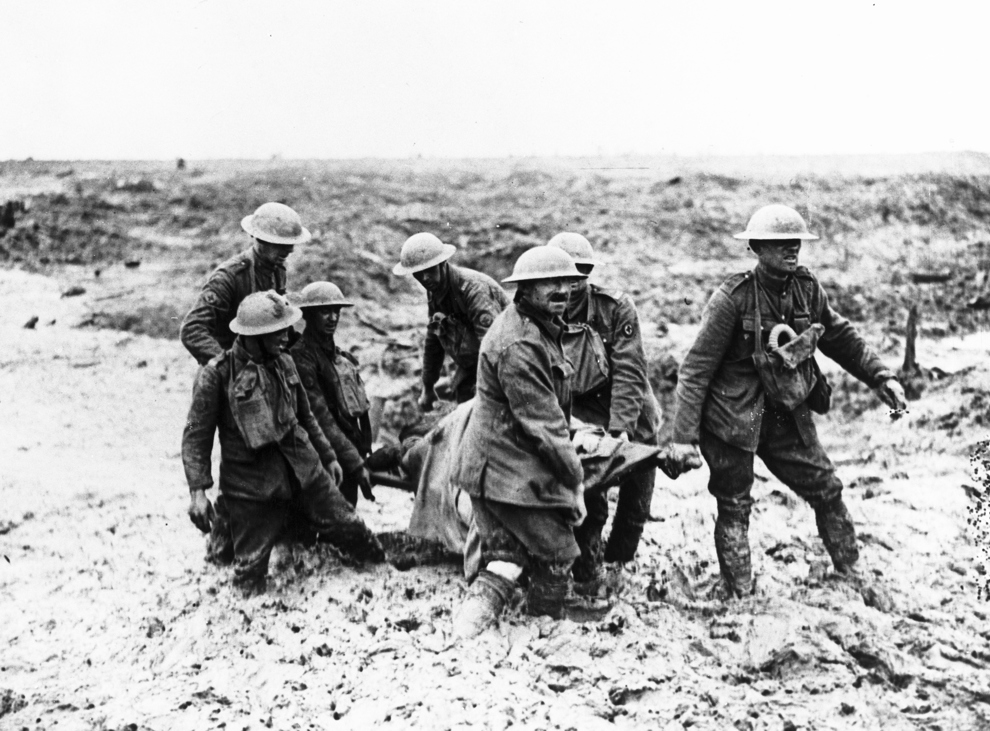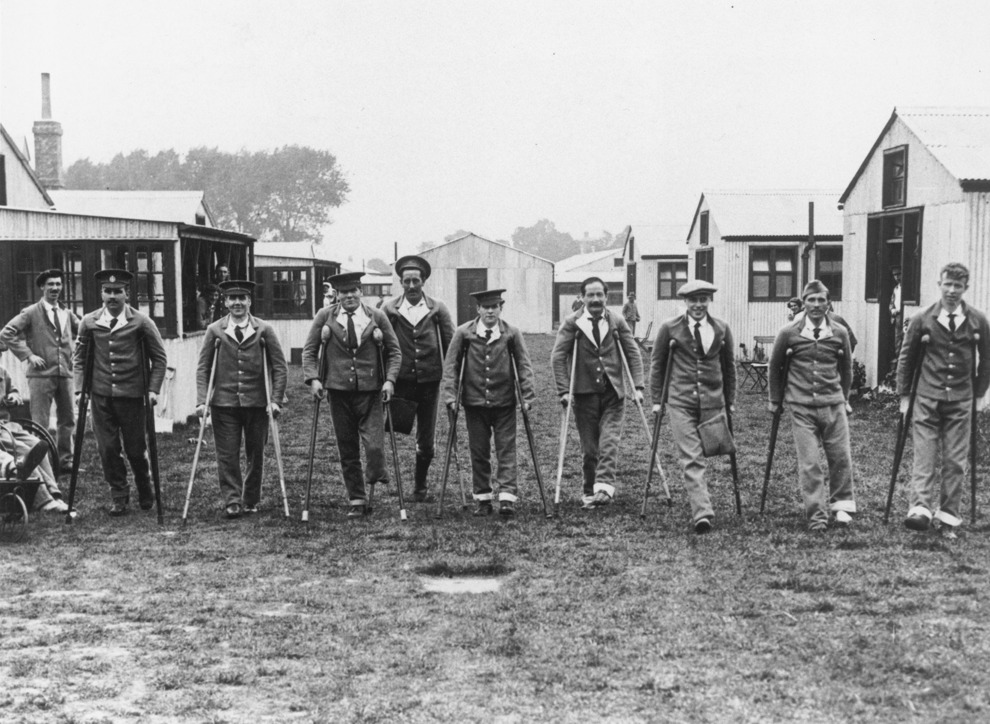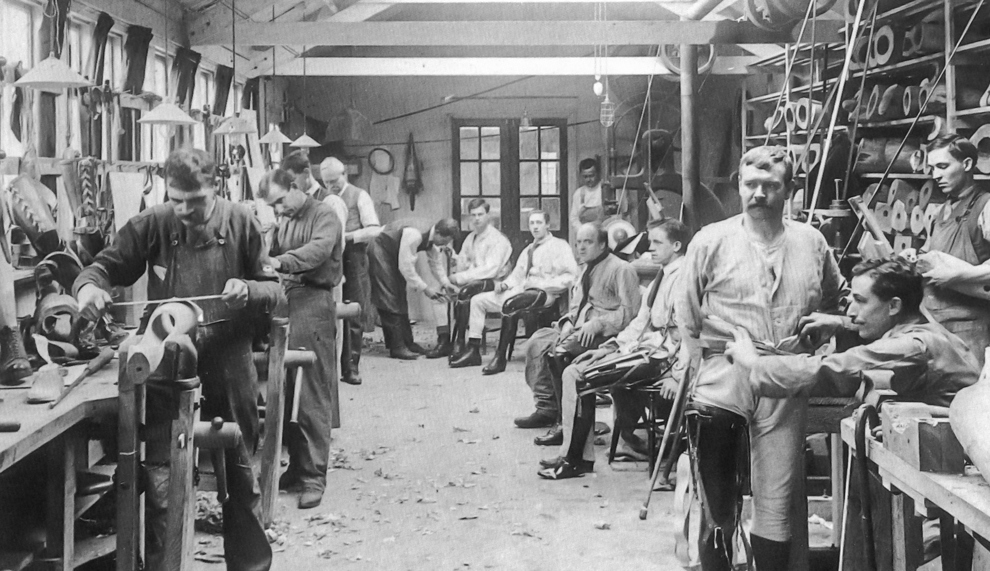The blunt saw on display at the Museum of Military Medicine was state-of-the-art battlefield kit in World War I, when military medicine was tested like never before.
The atrocities of The Great War still resonate more than a century later, but the horrific events also brought about some of the biggest advances in treating the wounded, with techniques and protocols that endured for decades afterwards.
World War I’s conveyor belt of casualties challenged the collective ingenuity of the Royal Army Medical Corps, which had only been formed 16 years earlier, and the Army medical services’ response is highlighted in a fascinating exhibition currently running at the Museum of Military Medicine. Medicine and Innovation in Conflict charts the improvements in triage, treatment and battlefield systems that saved record numbers of lives and gave hope to thousands of soldiers who would have certainly perished in earlier conflicts.

“WWI was a key period, a turning point in medical capabilities,” says David Wiggins, assistant curator at the museum, which covers military medicine from the English Civil War to current practice. “One of the key aspects was the casualty evacuation chain. It had its origins in the Napoleonic Wars but in WWI they really got it working well – evacuating the wounded through field hospitals and casualty clearing stations with the use of dedicated transport from horses and wagons to hospital barges and trains.
This meant that more soldiers – particularly amputees, who would have died of their wounds in previous conflicts – survived and were able to return to civilian life after the war. “This was important not only for survival and recovery, but also as a morale booster as it showed serving soldiers that they would be cared for and that every effort would be made to save them if they were injured.”

The serrated hacksaw was part of a field kit which included a range of blades and bullet extractors, and is displayed along with wood and corrugated metal mock-ups of field dressing stations. The challenges of evacuating casualties are highlighted by an exhibit of a hospital wagon that would have been pulled through the mud of the Western Front by pairs of straining horses.
“The significant improvements in both the techniques and survival rates seen in World War II were built on the innovations of WWI,” David adds. “We saw the use of mobile X-ray units for the first time, while the Thomas Splint was introduced for leg fractures and reduced mortality rates from 80 to 20 per cent. Versions of it were still being used up until the 1980s. Field surgeons also had chiropody kits, which were kept in hessian wallets and were vital for keeping soldiers on their feet, and they were even equipped with basic dentistry tools because the Dental Corps wasn’t formed until 1921.”

WWI’s demands on improved healthcare are further illustrated by the rise of nurses; from just 300 serving with the British Expeditionary Force in 1914 to 10,000 by 1918. The array of exhibits also includes uniforms, informative displays, and medals which underscore the bravery of the medical teams on the front line: the Royal Army Medical Corps’ 29 Victoria Crosses are only eclipsed by the Royal Engineers (with 41) and the Royal Artillery (with 51).
The museum owns 17 of the VCs and its collection also features one of the first WWI prosthetic legs, fashioned in 1917. “It is essentially tin, wood and leather straps but you cansee that it is well crafted,” says David. “The exhibition has been designed to show how military medicine rose to the challenges posed by WWI and how the innovations developed during this period went on to serve the Army so well.”
We can help
We are dedicated to assisting serving and ex-Service men and women who have suffered life-changing limb loss or the use of a limb, an eye or sight. We support these men and women in their communities throughout the UK. Click the link below to find out the different kinds of support we offer.
Get Support
Leave a comment
Join fellow Members and supporters to exchange information, advice and tips. Before commenting please read our terms of use for commenting on articles.